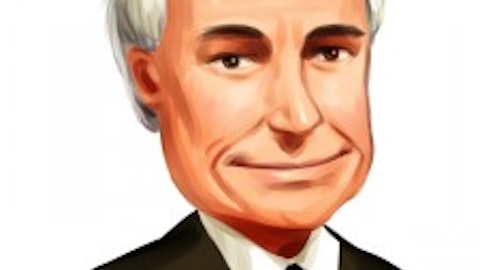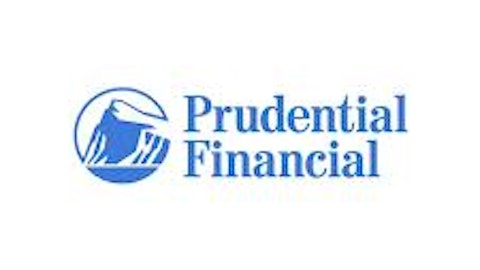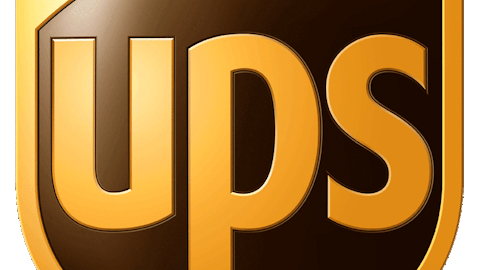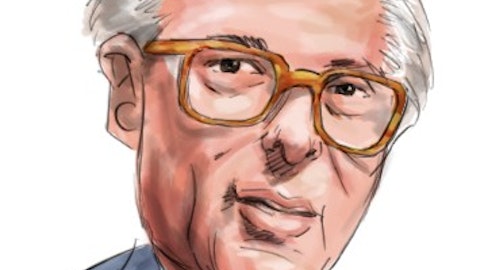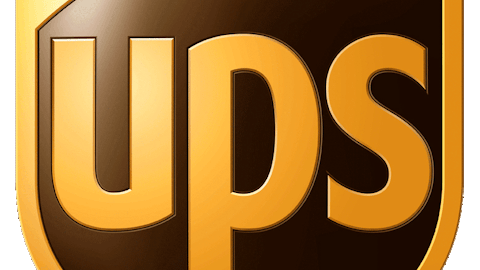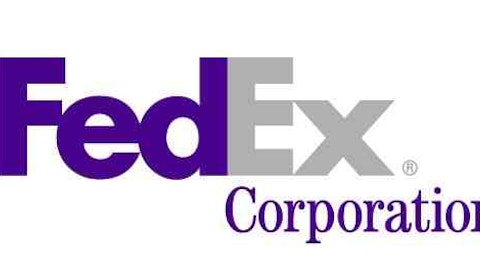United Parcel Service, Inc. (NYSE:UPS) reported earnings last week that were in line with estimates, but more importantly, the company offered guidance that was less bearish than its 2Q earnings announcement. UPS expects to grow its U.S. segment by 4% in 2012, which will be partially offset by a 3% revenue decline internationally. UPS’s end of the year guidance put implied 4Q EPS between $1.34-$1.44, with the midpoint implying a growth of 8% over the same quarter last year.
Meanwhile, FedEx Corporation (NYSE:FDX), UPS’s biggest competitor, should continue to face shifts in the shipping industry that will pressure the stock. This includes the company having to adjust to a new customer preference for cheaper and slower delivery methods, which may require a rehab of FedEx’s express focused infrastructure. FedEx’s end of year guidance also did not come in as strong as UPS’s; see more about FedEx’s end of the year guidance. UPS has identified the consumer shift from faster delivery methods to slower methods, and should be able to capitalize on this when the economy shows significant improvement. Since 2008, UPS is up 28%, compared to FedEx, which is up only 9%.
Atlas Air Worldwide Holdings Inc (NASDAQ:AAWW) is an air delivery focused company that recently reached an agreement with DHL Express to place two more Boeing 747-8 aircraft that will be operated by Atlas on DHL’s behalf. These will be the first type of aircraft flown for DHL. Atlas’s 2Q results showed positive growth with EPS of $1.18 compared to $0.98 a year ago. As well, the company expects to use operational leverage to drive EPS up 24% year over year for 2012. Atlas saw virtually no interest from top fund managers, with only D.E. Shaw having a small stake.
C.H. Robinson Worldwide Inc (NASDAQ:CHRW) should see revenues up 8% for 2012, following an 11% increase in 2011. However, the company is expected to see margins compressed as it forecasts a rising cost of third party transportation services used to ship goods. Being a third party logistics company, and not a direct deliverer, C.H. Robinson does not have a high level of capital requirements. As a result, the company carries no debt and has been able to increase free cash each quarter over the past year.
Expeditors International of Washington Inc (NASDAQ:EXPD) is expected to only see modest revenue growth again in 2012 of 3%, after growing 2011 revenues by 3%. Air and ocean shipping volume declines is pressuring the company. However, Expeditors International’s geographical diversity and leverage-free balance sheet should help it continue to perform well over the interim, and potentially outperform competitors in the long run. On the flip side, the company will continue to see pressure until the Department of Justice’s investigation into possible anti-competitive practices is cleared up. Expeditors was a Merchants Gate Capital top pick, with the firm having 14% of its 13F invested in the company.
FedEx is a Greenhaven Associates’ top pick, but the fund is also a big fan of UPS. Greenhaven had 10% of its 2Q 13F portfolio invested in UPS and 13% invested in FedEx. However, Southeastern Asset Management topped Greenhaven as the fund owner with the most shares owned in FedEx, by owning 13.6 million shares, or 5.3% of the firm’s 13F. For UPS, Jim Simons was a top investor upping his 1Q stake over 50%, while other notable managers Steven Cohen, Warren Buffet and Bill Miller all owned a modest number of UPS shares.
Despite UPS’s valuation that is in line with key peers and well above that of FedEx, we see the company’s lower beta – 0.85 compared to FedEx’s 1.25 – and much higher dividend yield – 3.1% compared to FedEx’s 0.6% – as positives. As well, the company’s acquisition of TNT Express will expand the its European presence quite significantly. We like the prospects of FedEx and UPS more than the other less delivery focused companies, with a specific focus on UPS. The company also has the highest profit margin of the peers, boosting a net profit margin of 7.2%, compared to its peers’ average of 5.5%.

